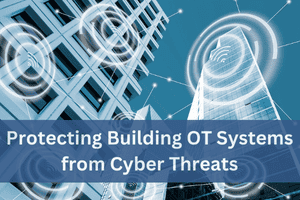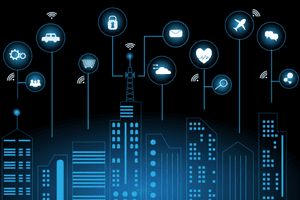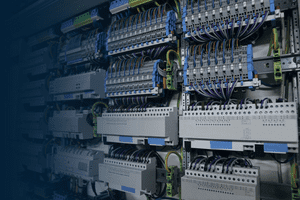Protecting Farms and AgTech from Cyberattacks
Agricultural control systems, used for implementing precision agriculture, and part of the overall AgTech category, are used to manage and optimize farm operations through the use of technology. These systems have become increasingly sophisticated in recent years, utilizing sensors, drones, and other connected devices to collect and analyze data on crops, soil, and weather conditions.
Previously the biggest cyber risks to AgTech may have been data breaches and loss of trade secrets, but as farms and farm equipment becomes connected, farmers must consider and plan for the operational risks of interference with networks and IoT devices providing data. With the increasing reliance on technology in agriculture, the risk of cyberattacks on these systems has also risen, which can have serious implications for the agricultural industry.
One of the most significant impacts of a cyberattack on agricultural control systems is the potential for crop loss. Precision agriculture systems rely heavily on data collected by sensors and other devices to inform decisions about planting, irrigation, and fertilization. If these systems are compromised, inaccurate data could be fed into the system, leading to incorrect decisions being made. For example, if a hacker gains access to a soil moisture sensor and sends false data indicating that the soil is adequately moist when it is not, crops may not receive the necessary irrigation and could wither and die.
In addition to crop loss, cyberattacks on agricultural control systems can also impact food safety. With the increasing use of technology in food production, the risk of foodborne illnesses caused by compromised systems is a significant concern. For example, if a hacker gains access to a system that controls the temperature in a food storage facility, they could manipulate the temperature to allow harmful bacteria to thrive. This could lead to contamination of the food and potentially cause illness in consumers.
Another potential impact of cyberattacks on agricultural control systems is damage to equipment. Many precision agriculture systems rely on connected devices such as tractors, drones, and irrigation systems. If these devices are hacked, they could be commandeered to perform actions that could damage equipment or cause accidents. For example, a hacker could gain access to a tractor’s control system and cause it to operate at a speed that exceeds its design limits, causing the engine to overheat, or pulling the farm equipment at a speed too fast for plant safety.
Once the crops are harvested, processing machinery can be impacted in ways that cause delays or improper operation, which can result in waste or food spoilage. Other examples are control systems used for barns for poultry, hogs, and cows may be impacted to modify temperature conditions or feed volume, resulting in longer growth or production cycles.
Cyberattacks on agricultural control systems can also have a significant financial impact on farmers. The cost of repairing damaged equipment and replacing lost crops can be substantial. In addition, the downtime required to recover from an attack can result in lost revenue due to delayed planting or harvesting. The reputational damage caused by a cyberattack can also impact a farm’s ability to secure financing or attract new customers.
Preventing cyberattacks on agricultural control systems requires a multi-faceted approach. One of the most important steps is to ensure that all connected devices are properly secured. This can include using strong passwords, regularly updating software and firmware, and limiting access to devices. Training employees to recognize and respond to potential threats is also critical, as many cyberattacks begin with social engineering tactics such as phishing emails.
Another important step is to implement robust backup and disaster recovery plans. In the event of a cyberattack, having a plan in place to quickly restore systems to a previous state can minimize the impact of the attack. Regularly testing these plans to ensure they are effective is also critical.
It is also important to stay up-to-date on the latest threats and vulnerabilities in the agricultural technology landscape. As the use of connected devices in agriculture continues to grow, so do the opportunities for hackers to exploit vulnerabilities. Staying informed about these risks and implementing appropriate security measures is critical to protecting agricultural control systems.
During a recent cyberattack on agricultural irrigation systems, water controllers were damaged and thousands of water monitors were impacted. The control systems that weren’t damaged were disconnected and operated in manual mode. However, there are solutions to protect control systems and stop cyber attacks in real-time.
In conclusion, the impact of cyberattacks on agricultural control systems can be significant, including crop loss, food safety concerns, equipment damage, and financial loss. Preventing these attacks requires a multi-faceted approach that includes securing connected devices, implementing backup and disaster recovery plans, and staying up-to-date on the latest threats and vulnerabilities. By taking these steps, farmers can help protect their operations from the growing threat of cyberattacks.



